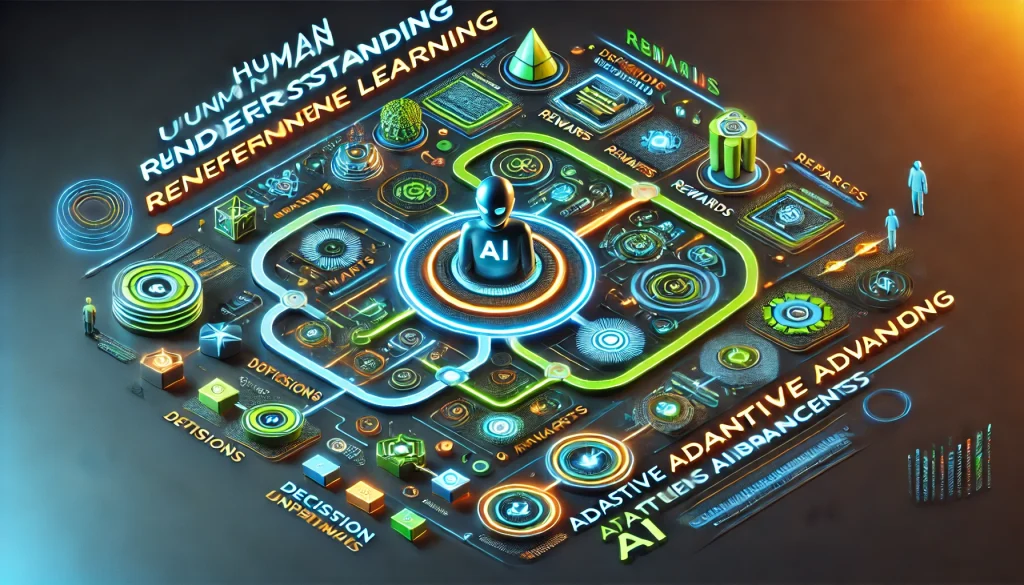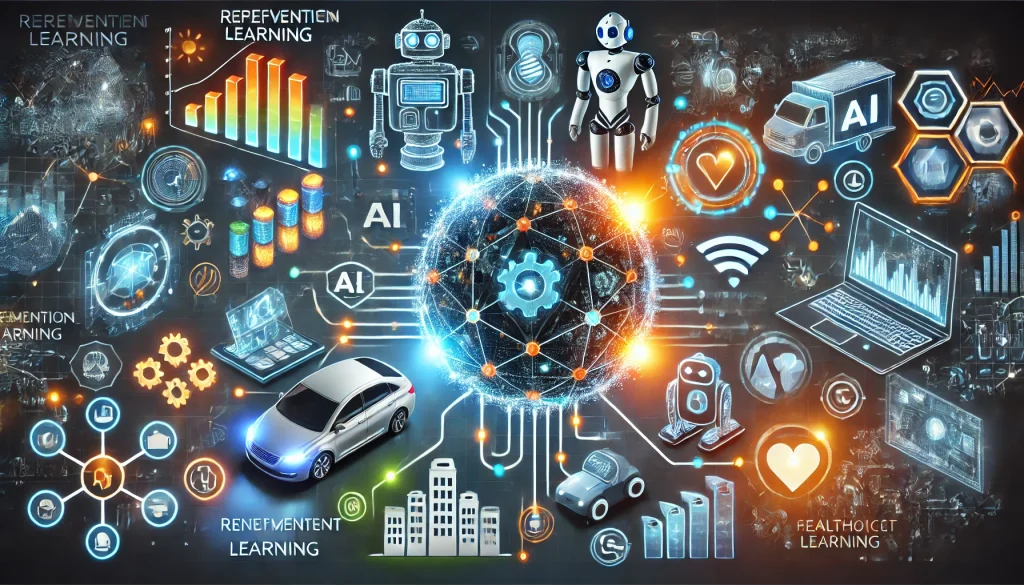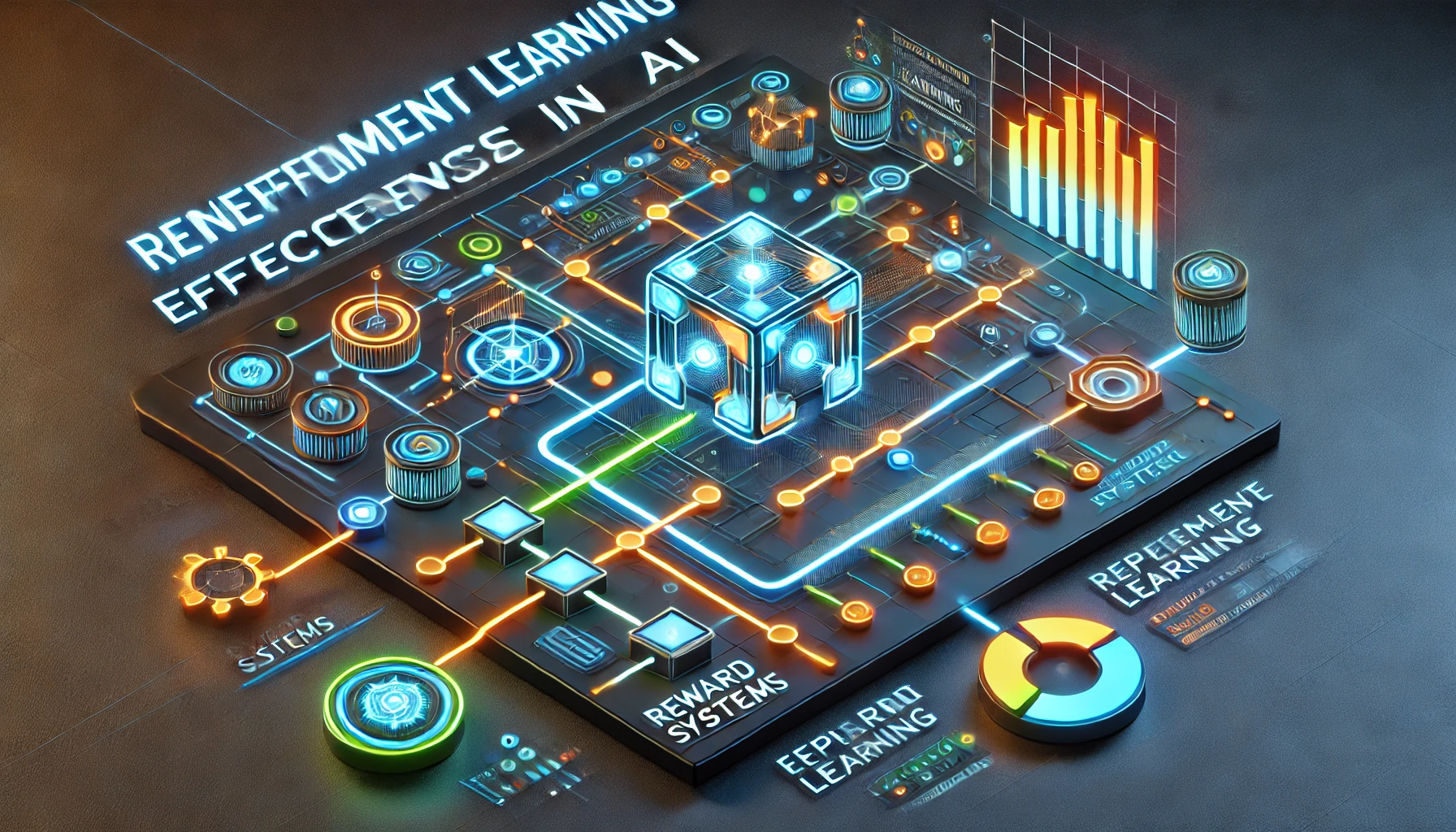Artificial intelligence (AI) continues to push the boundaries of technology with innovations that enable smarter, more autonomous systems. Among the core methods in AI, Reinforcement Learning (RL) has emerged as a leading approach for teaching machines to make decisions and optimize behavior through reward-driven interactions. But what exactly makes reinforcement learning so effective, and what are its potential drawbacks? In this review, we’ll explore RL’s strengths, limitations, and its role in shaping the future of intelligent systems.
AI’s Path to Autonomous Decision-Making

Reinforcement learning is a branch of machine learning where agents learn by interacting with an environment, earning rewards or penalties based on their actions. Unlike supervised learning, which depends on labeled datasets, reinforcement learning empowers AI models to develop strategies on their own, optimizing their decisions to maximize rewards over time. This makes it ideal for applications where complex, sequential decision-making is required, such as robotics, gaming, and autonomous vehicles.
Key Features of Reinforcement Learning
- Reward-Based Learning: RL uses a feedback loop where agents learn optimal actions by maximizing cumulative rewards.
- Policy Optimization: Policies, or strategies, evolve to guide agents toward the most favorable outcomes.
- Advanced Algorithms: Powerful algorithms like Q-learning and Deep Q-Networks (DQNs) drive RL models to improve through trial and error.
- Python Integration: With libraries such as TensorFlow and PyTorch, Python is a preferred language for developing RL models.
- Applications Across Industries: RL supports a wide range of applications, from healthcare to finance, where adaptive decision-making is crucial.
Let’s examine the pros and cons to understand the strengths and challenges of reinforcement learning in detail.
Pros and Cons
The benefits of reinforcement learning make it a transformative technology, but it also comes with challenges, particularly regarding implementation and resource requirements. Here is an overview of RL’s main advantages and drawbacks:
Certainly, here’s the simplified Pros and Cons table in a two-column format:
| Pros | Cons |
|---|---|
| Autonomous Learning – Enables models to learn from their own experiences, reducing the need for labeled data. | High Computational Demand – Requires significant computational resources, especially for complex tasks. |
| High Adaptability – RL algorithms adapt well to changing environments, ideal for gaming and autonomous driving. | Training Stability Challenges – Reward systems can lead to inconsistent learning patterns. |
| Complex Decision-Making – Excels in multi-step, strategic decision-making, useful in fields like robotics and finance. | Complex Implementation – Effective RL models need expertise in algorithms and domain-specific knowledge. |
| Python Ecosystem – Python libraries like OpenAI Gym support RL with pre-built environments and frameworks. | Data Requirements for Simulation – Requires simulated environments for training, which can be complex to create. |
| Versatile Applications – Widely used in healthcare, finance, and other areas needing dynamic decision-making. | Risk of Overfitting on Rewards – Models can overfit to specific reward functions, limiting adaptability in new scenarios. |
Breaking Down Reinforcement Learning – A Detailed Analysis
In this section, we will analyze this in terms of its performance, design, and usability to highlight its value and limitations in real-world applications.
Performance
It excels in environments that involve high-stakes decision-making and adaptability. RL algorithms like Q-learning and Deep Q-Networks have shown incredible performance in areas such as gaming, where AI agents learn strategies to outperform human players. The ability to refine performance based on past experiences allows RL models to continually improve. Tools like TensorFlow and PyTorch in Python enable the computationally heavy processing that RL models often require, boosting efficiency and output quality.
Usability
Implementing it is often challenging due to its steep learning curve and need for specialized expertise. While Python libraries like OpenAI Gym offer environments for training and testing, configuring them to suit real-world needs demands advanced understanding. In applications like autonomous driving, engineers must ensure RL agents can handle diverse scenarios, making usability complex but rewarding. The Python language and its ecosystem provide robust support for RL, but usability still relies on an understanding of both algorithms and domain-specific knowledge.
Design
The design of RL models involves constructing a system that can interact effectively with an environment, balancing exploration (trying new actions) with exploitation (leveraging known successful actions). For example, in healthcare, RL is used to optimize patient treatment plans, predicting outcomes and adjusting strategies in real-time. Such applications require highly adaptable and reliable model designs. This high adaptability makes RL suitable for domains like robotics and finance, where decision-making occurs in complex, changing environments.

How Does Reinforcement Learning Compare to Other AI Models?
When comparing reinforcement learning with other AI models, such as supervised and unsupervised learning, its uniqueness becomes evident. Here’s a comparative overview highlighting how it stands out:
| Aspect | Reinforcement Learning | Supervised Learning | Unsupervised Learning |
|---|---|---|---|
| Data Requirements | Uses feedback-based rewards; doesn’t require labeled data | Relies on labeled datasets for training | Uses unlabeled data for clustering or association |
| Adaptability | Highly adaptable to changing environments | Limited adaptability once trained | Adaptive based on data patterns |
| Learning Speed | Slower due to trial and error | Faster, as labeled data enables clear learning paths | Moderate speed, no need for labels |
| Example Applications | Robotics, gaming, autonomous driving | Image recognition, speech processing | Market segmentation, anomaly detection |
| Key Algorithms | Q-learning, Policy Gradients, Deep Q-Networks (DQN) | Decision Trees, Neural Networks, Support Vector Machines | K-means clustering, PCA |
Reinforcement learning’s ability to continuously adapt by interacting with its environment allows it to excel in dynamic scenarios. In contrast, supervised learning is often faster but more rigid, while unsupervised learning shines in data organization and pattern recognition.
Is It the Next Big Breakthrough?
The Institute for Protein Design shared a breakthrough using reinforcement learning to tackle complex challenges in protein design. By applying techniques similar to those used in games like chess and Go, scientists can now create proteins with potential applications in cancer treatment and biodegradable materials. This milestone highlights how it is expanding beyond traditional AI domains, impacting fields like healthcare and materials science, underscoring the technology’s adaptability and real-world impact.
Conclusion
After reviewing the capabilities and limitations of reinforcement learning, it is clear that this technology is reshaping AI, particularly in areas requiring dynamic, adaptive decision-making. Although implementing RL requires expertise and computing power, its flexibility and effectiveness in diverse environments, from machine operations to strategic gaming, make it invaluable. For organizations and developers invested in cutting-edge applications, RL is a game-changer that paves the way for AI models capable of autonomous learning.
Reinforcement Learning Rating
- TechAIHub: ★★★★☆
- AIInnovate: ★★★★☆
- MachineLearningPro: ★★★☆☆
- PerformanceAnalytics: ★★★★★
- AIUserGuide: ★★★☆☆
- FutureTech: ★★★★☆
- CompuResources: ★★★☆☆
FAQ
How is reinforcement learning revolutionizing AI?
Reinforcement learning enables AI to make decisions through reward-driven learning, making it ideal for autonomous applications like robotics and gaming. By using advanced algorithms and Python-based environments, RL allows for adaptive and complex decision-making.
What is reinforcement learning, and how is it applied in AI?
Reinforcement learning is a branch of machine learning where AI learns by interacting with its environment, optimizing actions through rewards. RL has applications in fields like autonomous driving, gaming, and healthcare, where continuous interaction with the environment is essential.
Is Python necessary for reinforcement learning?
Yes, Python is essential for RL due to its rich ecosystem, including libraries like TensorFlow and OpenAI Gym, which streamline RL development and model optimization. Python’s extensive libraries enable developers to efficiently implement complex algorithms required for reinforcement learning.
Here are the references in the requested format:
- LinkedIn. Reinforcement Learning in Modern AI Applications
- Caltech. What is Reinforcement Learning?
- LinkedIn. How Reinforcement Learning is Improving AI
- YouTube. Introduction to Reinforcement Learning
- X (Twitter). Reinforcement Learning and Protein Design

